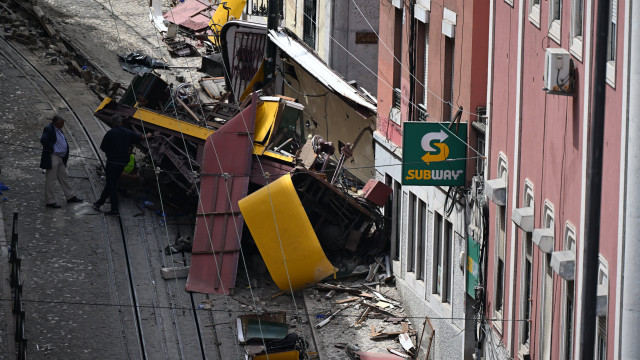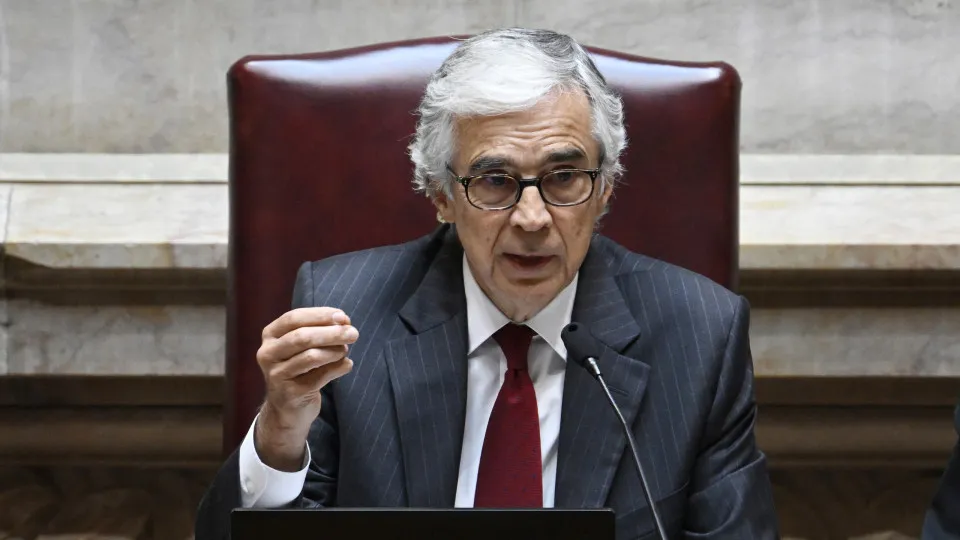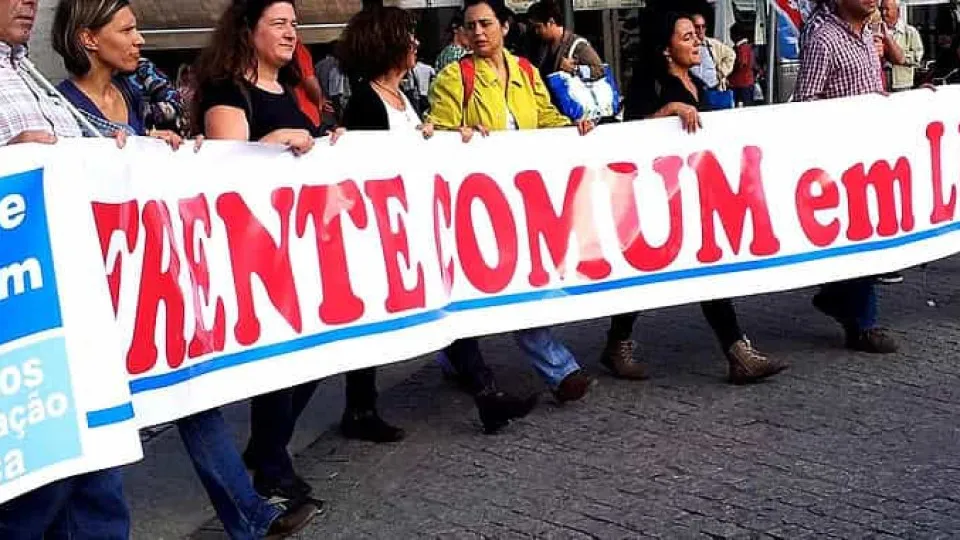The preliminary report from the GPIAAF regarding the accident with the Glória elevator in Lisbon on September 3 details a tragic incident that resulted in 16 fatalities and approximately twenty injuries, involving both Portuguese and international victims.
The document states that “the installed cable did not meet Carris’ specifications for use in the Glória funicular and was not certified for installations for human transport.”
The GPIAAF notes that the cable “was not suitable for installation with swivels at its ends, as is the system used in the Glória and Lavra funiculars.”
The investigation identified purchasing and internal control process failures related to the cable by Carris, the company responsible for the funicular systems.
“The use of cables not compliant with specifications and usage restrictions was due to accumulated failures in the acquisition, acceptance, and application process by CCFL [Companhia Carris de Ferro de Lisboa], whose organizational internal control mechanisms were insufficient or inadequate to prevent and detect such failures,” the GPIAAF asserts.

In the process of purchasing cables for the Glória elevator, Carris sent specifications for the Santa Justa elevator to potential suppliers, which are different, failing to detect or explain the error.
Lusa | 18:35 – 20/10/2025
Nonetheless, the organization notes that identical cables were previously in use for 601 days in the Glória funicular and 606 days in the Lavra funicular without incidents.
“Thus, it is concluded that it cannot currently be stated if or how the use of this non-compliant cable contributed to the breakage after 337 days of use, though the investigation notes other factors must have been involved,” the GPIAAF indicates.
The investigation emphasizes that “the area where the cable broke was not subject to visual inspection without disassembling the upper swivel of the weight [cable fixation area].”
“A macroscopic analysis of the broken strand ends shows progressive breaks occurring gradually over time and in various types. The metallographic assessments to be conducted during the investigation will clarify the breakdown mechanisms involved,” the preliminary report states.
The GPIAAF also reveals that “immediately before the preparation for the accident’s trip, cabin 1 at the top of Calçada da Glória had 27 people, including a child and the brakeman, while cabin 2, near Praça dos Restauradores, had 33 people, including three children and the brakeman.”
“Thus, both were well below their maximum capacity of 42 occupants,” notes the organization, adding that on the accident day, the funiculars “completed a total of 53 trips.”
“The average occupancy was 22 passengers in cabin 1 and 17 passengers in cabin 2, with the maximum capacity of 42 passengers reached twice in cabin 1 and once in cabin 2,” the investigation notes.
The preliminary report adds that both funiculars “were equipped with four surveillance cameras each and a device with low-precision accelerometers [equipment for measuring acceleration],” indicating that several surveillance cameras are also present on Calçada da Glória.
“This allowed the investigation to establish the event sequence leading to the accident with sufficient accuracy,” the document states.
The first impact occurred at an estimated speed between 41 and 49 kilometers per hour, taking 33 seconds from the trip preparation and 20 seconds from movement initiation.




